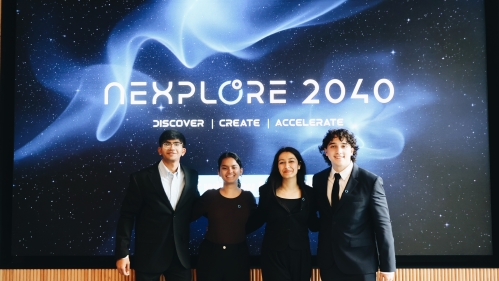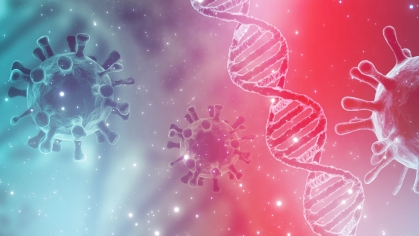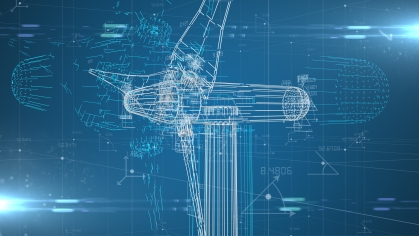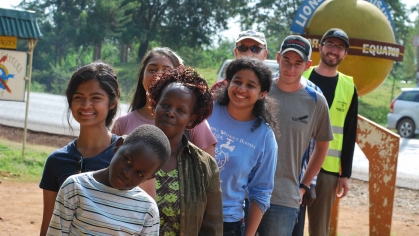SoE Team Places First in National Horizons 2040 Challenge

InnerSolace, a team composed of four students from the School of Engineering Departments of Electrical and Computer Engineering (ECE) and Mechanical and Aerospace Engineering (MAE) competed successfully against 260 students from 21 universities in the prestigious Horizons 2040 Challenge hosted by XFoundry and NEXPLORE in a partnership with NASA to take first place.
According to ECE Distinguished Professor and Chair Yingying Chen, the teams had been challenged to develop solutions to NASA’s pressing technological shortfalls for the year 2040. “These shortfalls represent urgent areas where current technology is insufficient to support future space exploration and science missions,” she says.
Chen adds that the “InnerSolace team proposed a proactive health system designed to predict, prevent and manage circadian misalignment in extreme environments. Their innovative concept aims not only to benefit astronauts, but also to support shift workers, first responders, and others facing chronic circadian rhythm disruption.”
In September, after being named as one of four finalists, team members sophomore ECE majors Azra Bano and Joseph Henriquez, as well as MAE majors junior Aayushi Mallik and sophomore Saarthak Shah, presented their proposal to experts and industry leaders at Amazon headquarters in Arlington, Virginia.
Innovating a Technical and Human-Focused Solution
The students’ pitch leveraged embedded systems, AI, and sensor-driven design to bridge technical and human-centered aspects of engineering. “Their victory underscores Rutgers Engineering’s commitment to preparing students to address the world’s most critical challenges through creativity, collaboration, and impact.”
For Bano, the win was about more than the three minutes on stage with teammate Mallik delivering the team's pitch. “It was about the journey. Seeing our work recognized at this scale makes if feel like the late nights, the doubts, and the persistence were all worth it.”
She reports that the competition let her use her ECE training not as an end in itself, but as the backbone for solutions that ripple outward across industries such as healthcare, aerospace, and finance. “That’s the mindset I carried into this project,” she insists. “And it’s the mindset I want to keep with me as I grow as an engineer.”
Bringing Space Technology Down to Earth
Working on the InnerSolace team project was a transformative experience for the students. Bano says. “Before it, I thought of space tech as something distant that was reserved for astronauts and NASA engineers. But this project changed that. It showed me that space tech is also about Earth.
“That duality, serving both space exploration and human wellness on Earth, is something I hadn’t fully appreciated. And it gave me a clearer vision of where I want to eventually take my career – building technologies that sit at the intersection of advanced science and everyday human need. Technologies that are invisible to most, but transformative for all.”
A Solution with a Future
In Virginia, Chen noted that the students had “an opportunity to connect with mentors and to meet NASA astronaut Jeanette Epps, who emphasized the importance of tackling circadian health challenges for the future of space exploration.”
Epps even included parts of the InnerSolace pitch in her closing ceremony keynote. “At 18, being able to say an astronaut not only heard our ideas but quoted from them and personally told us how important our work was unforgettable,” Bano recalls. “It reminded me that the things we build today can reach out farther than we ever imagined, touching not only Earth but humanity’s future in space.”


